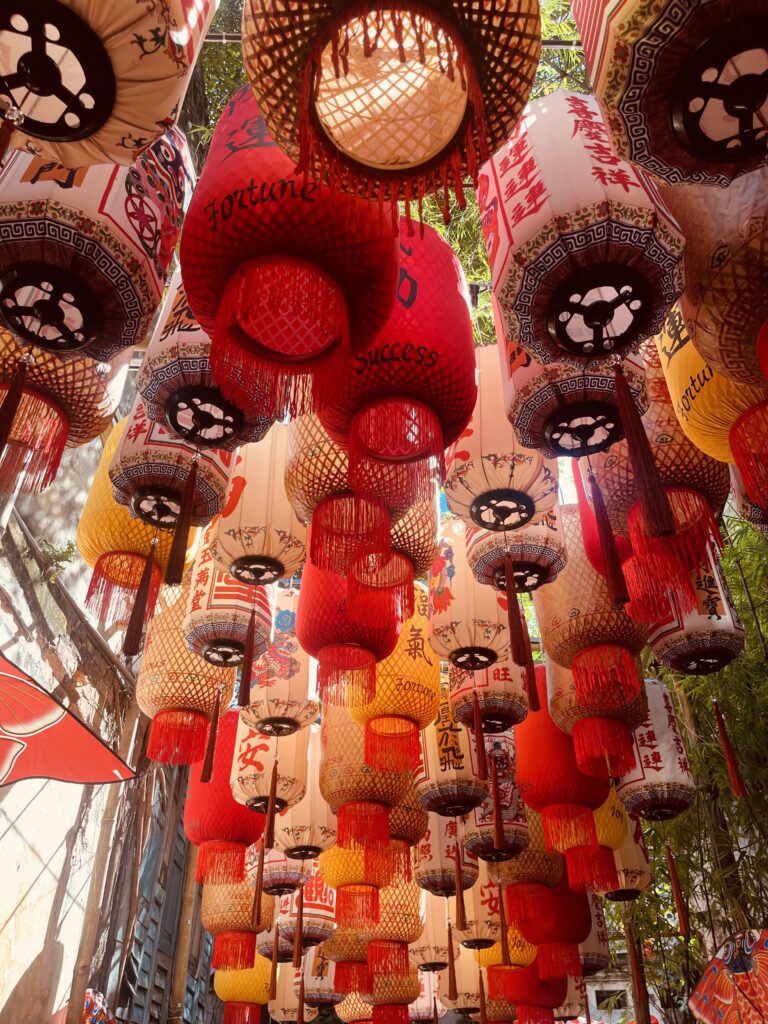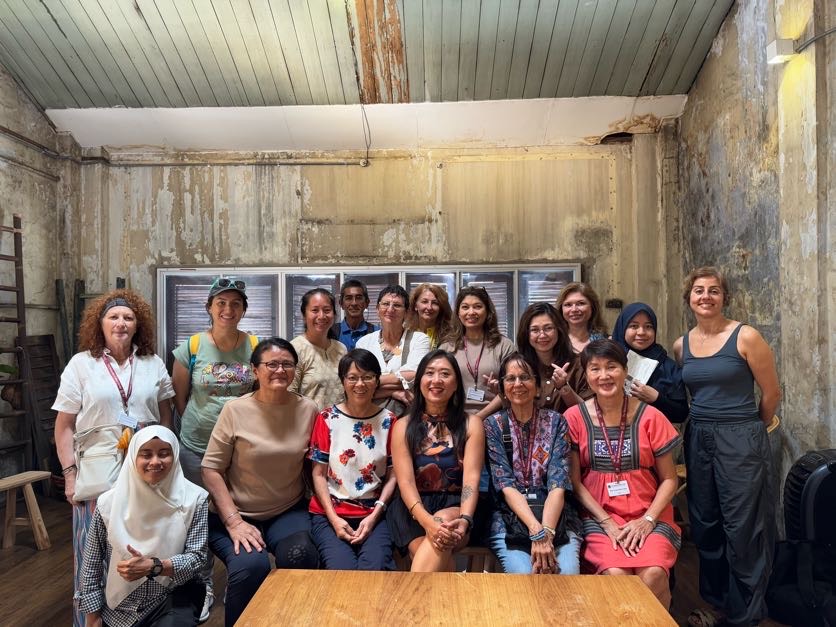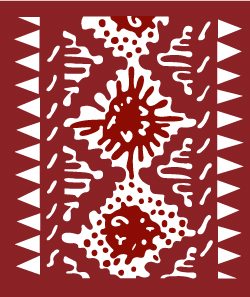
Kwai Chai Hong – Behind-the-scenes
On 14 January 2025, a group of 21 excited people gathered outside the Kwai Chai Hong (KCH) entrance. We started at 10am with Zeen sharing how she and her four friends got involved in the project. The restoration project started five years ago, at a cost of around RM2 million, with a RM94k grant from Think City.
This neglected lane in KL’s Chinatown has been restored and transformed into a beautiful space. It involves ten restored shophouses — six fronting Jalan Petaling and another four units along Lorong Panggung, as well as a delightful laneway tucked between the two.
Zeen Chang, managing partner of space management company Bai Chuan Management Sdn Bhd which is behind the Kwai Chai Hong project, led us on a behind-the-scenes tour of the project. She took us on a trip back in time. When asked why the name ‘Kwai Chai Hong’ was chosen, there are three rumours; the ‘little demon alley’ for the naughty kids playing there, a triad group ‘Loong Fu Tong’ that lived there, or the ‘ghosts’ of the gambling and prostitution dens that loiter around the area – to sum it all up, all the Kwais!
At first glance you wouldn’t know, but the charming entrance arch is new. However, the arch roof tiles are reclaimed roof tiles from the original buildings. This reuse of original materials can also be seen in the faded blue shutters lining the walls, already being naturalised into place by the new tangles of greenery springing up. As you enter KCH, the red bridge was constructed as next door were restaurant activities. It was to mask the washing from the backdoor kitchen restaurants.
Despite the popularity of the lane today, there was negative press written about the restoration project. She shared that some of the things written were that the restoration was fictionalising history and destroying heritage. We’ll come back to the former point but it’s hard to see how the latter charge could be levelled at the beautiful buildings when careful attention to detail has been paid.
For example, the four Guandong Xiguan-style shoplots were painted bright yellow after careful study and consultation with a restoration heritage architect. One criticism was it was not authentic but old photos reveal the deteriorated pale buildings were originally yellow.
During restoration, they discovered that the deep green carved ventilation tiles were over 80yrs old and handmade. All the tiles are different so we know they were not made by machines and this respect for artisanship is seen as they have been preserved. In the alleyway, you can also find the oldest lamp post in KL, with the top made of cast iron estimated at 100+ years old. Since restoration, the bottom of the shaft is aluminium. They were the first set in Kuala Lumpur to change to electricity. These notable details show the project’s respect for and commitment to heritage, as does their rule for tenants that any changes must help preserve the buildings’ future.
To the charge of fictionalising history then. This may be because the project has chosen to bring the past to life through storytelling. Inside the alleyway, street art turned storytelling combines with tech. There are six murals by five local artists depicting everyday life in the 1960s. They’ve chosen to show scenes from the mainly Cantonese settlers of the time as they work and play. Beside each mural there are QR codes with snippets from their lives. Listen as they speak in Cantonese and watch on YouTube for English translations. One example is the story of a cutler – a person who sharpens knives and scissors. You are the customer as he talks to you. Walking a few steps further, you find a musician playing the Er Hu, a Chinese classical instrument. There is the mural of children playing marbles. Scan the QR and you can hear them arguing about the game. You can play marbles with them too, with the marble embedded in the ground.
The large mural showing a lady wrapped in hair curls with a cigarette sticking out on her lip is taken from Kungfu Hustler movie, a scene from the 1960s – 1970s. It was a time where it was a residence upstairs and workplace downstairs. The hanging basket was how people paid for their goods by putting money in the basket and the items would be placed onto the basket and you pulled it up. What you would call your Grab Express Delivery today! Perhaps these people aren’t real, but they definitely help give today’s visitors a flavour of old Kuala Lumpur while providing a fun backdrop for your photos!
Twice a year, the project’s owners create a festival atmosphere at Lunar New YEar and Mid-Autumn Festival. From the 1980s to 2022, there was a huge decline of Chinese opera. They were employed only during the Hungry Ghosts Festival. During the Mid-autumn festival in 2024, KCH started Long Live Chinese Opera. It started with one show, and ended up with twelve, with the performers being invited to play at noted venue BoboKL this year. Zeen is clearly proud of this resurgence and Kwai Chai Hong’s ability to help promote local culture.
This year’s CNY art installation is Carp fish lanterns. In Anhui, a UNESCO world Heritage Site in China, it is a popular fish species. The fish lanterns are traditionally made of bamboo & wax paper, but those wouldn’t survive KL’s rain, so these are created with metal frames and cloth. The art installations are not barricaded as Zeen wants everyone to experience them fully. In Chinese culture, yu means fish which also means abundance. During the lunar new year festival, we wish ‘nian nian yau yu’ signifying ‘abundance blessings to you every year’. They are holding parades of the fish lanterns to bring cheer and a trip down memory lane for people who used to live in Petaling Street. Her parting words and sharing, the fish art installation symbolises ‘yu’ abundance blessings to everyone, yet it is also to share what abundance we have with others and not to keep it to ourselves.
A meaningful message to end the tour.
With huge thanks to Zeen Chang for giving up her time to help MCG members know much more in-depth about a favourite area of Kuala Lumpur. Her passion for the project and the area are clear and the group have provided a new focal point for locals and tourists alike.
Review thanks to Elena, Corinne and Lorna.
Photos thanks to all our enthusiastic members!

